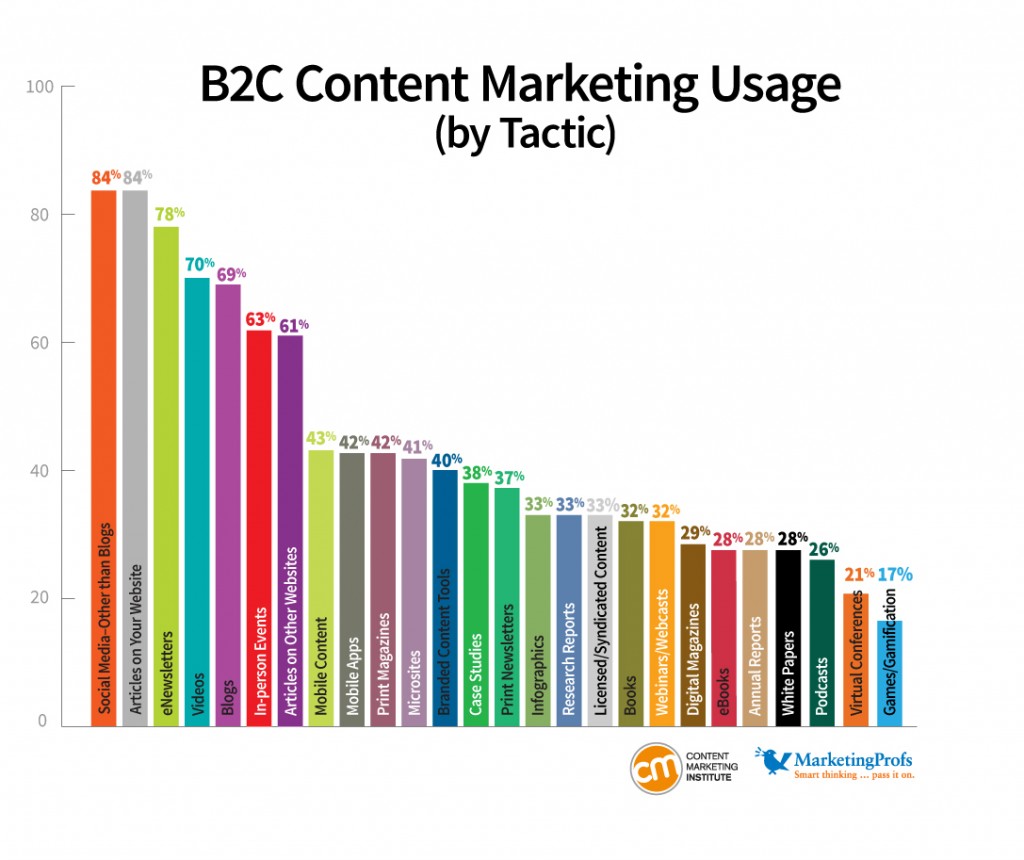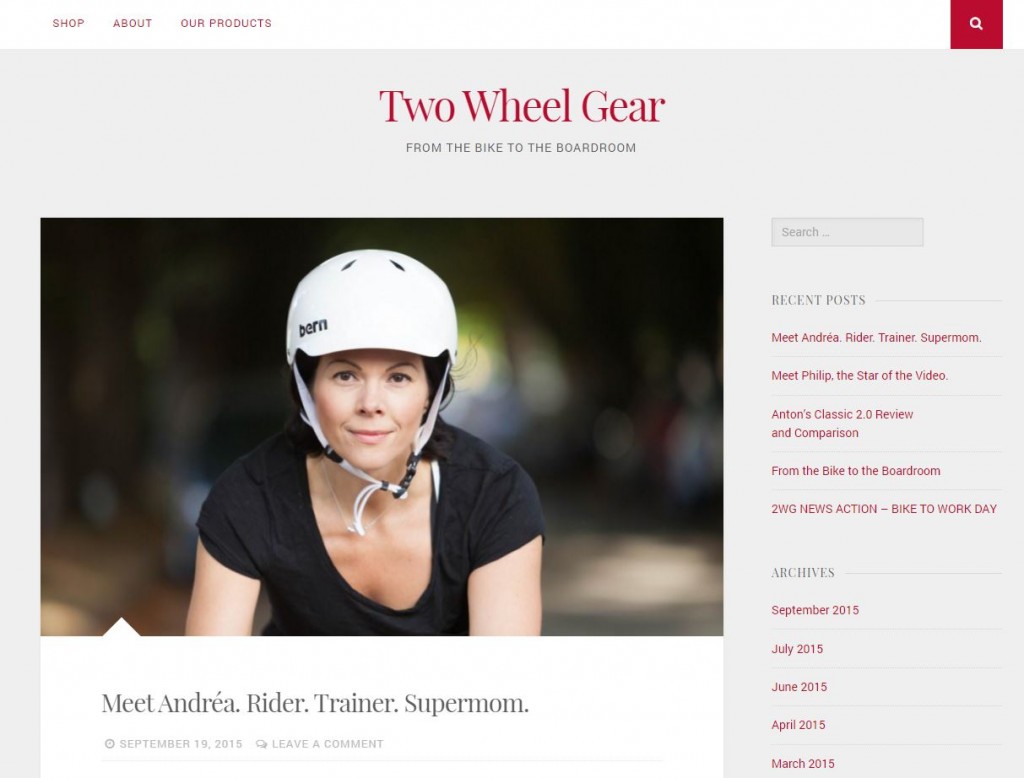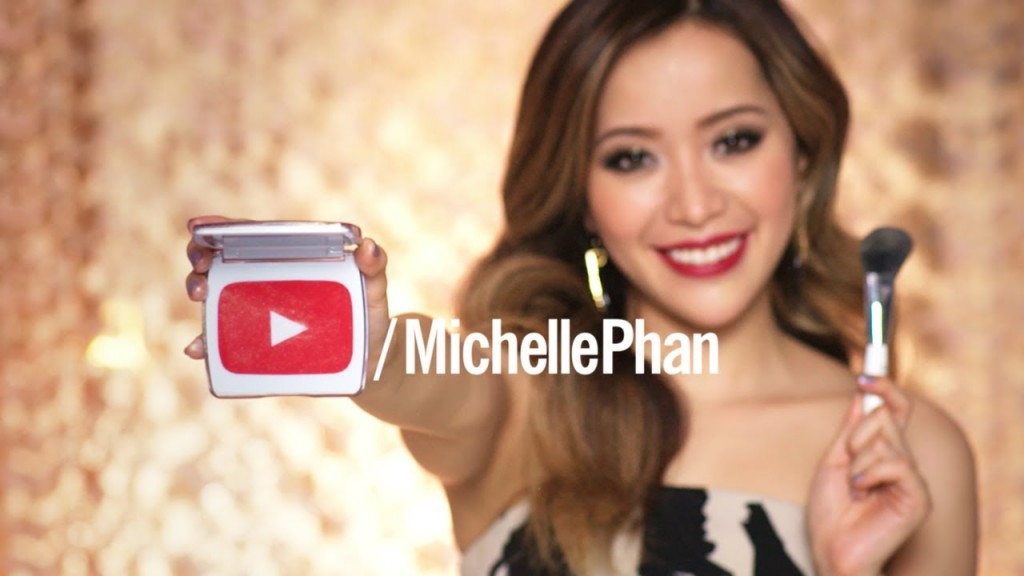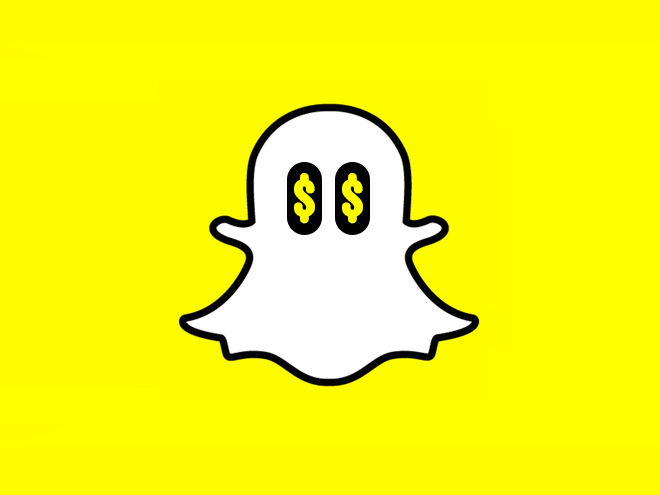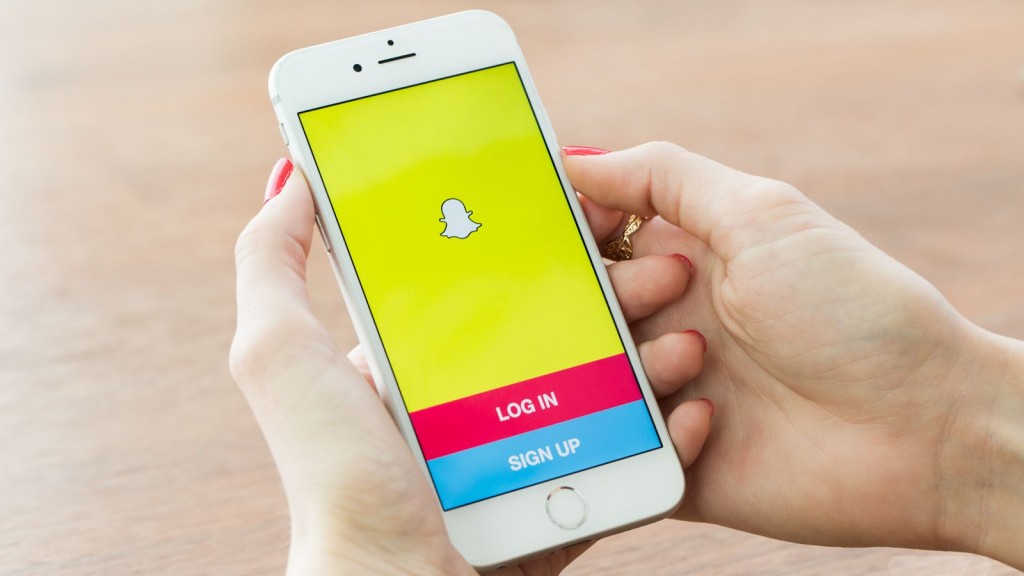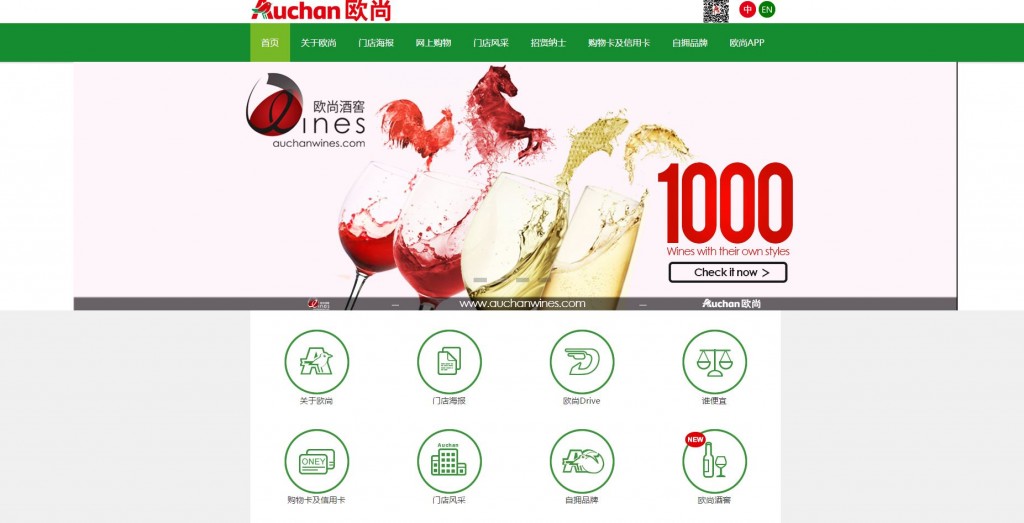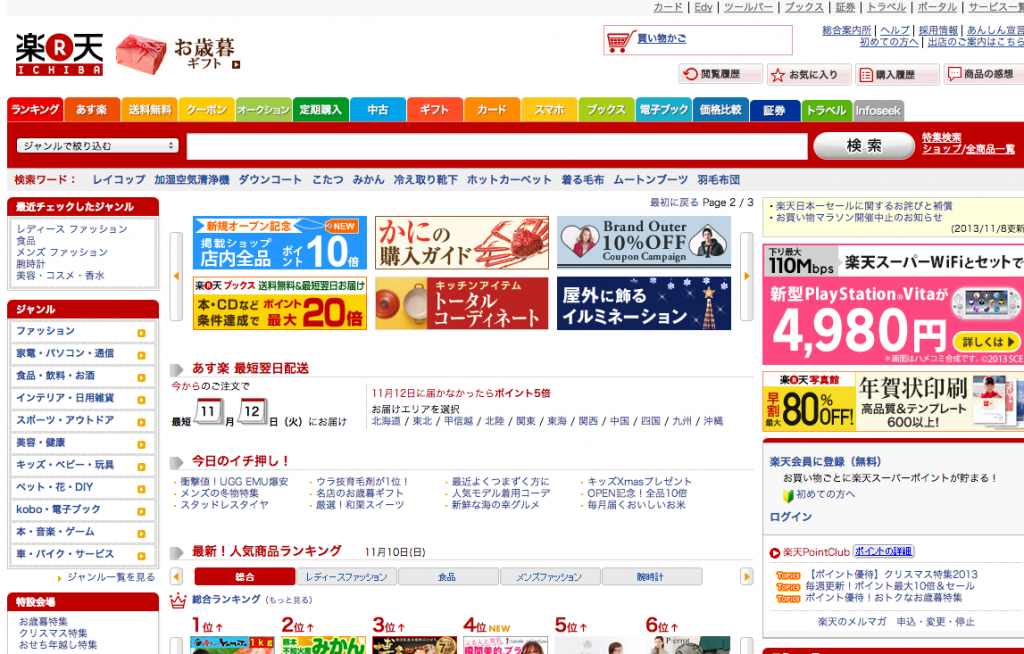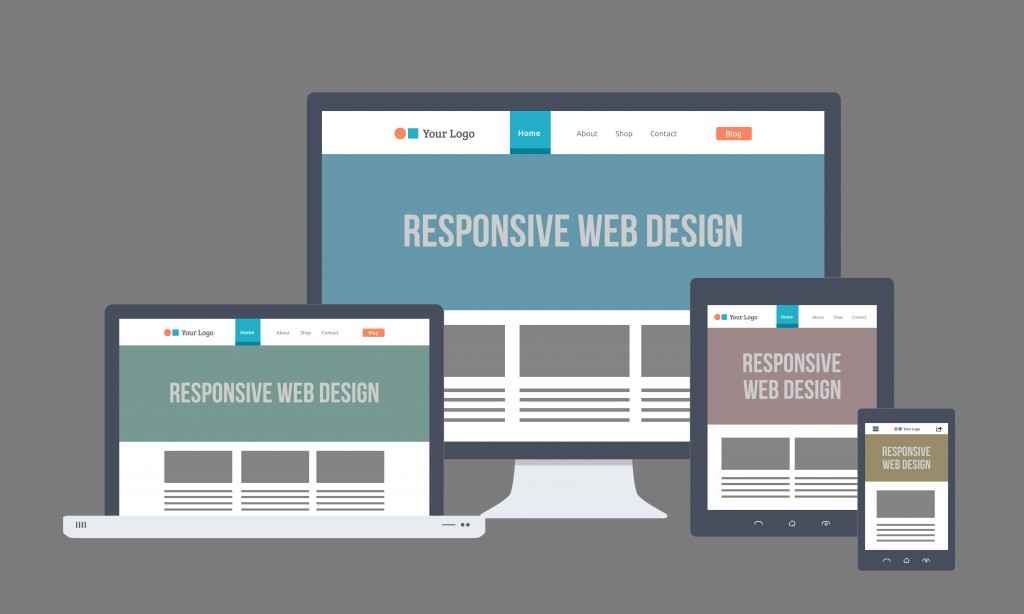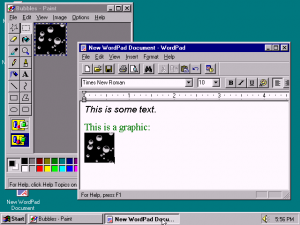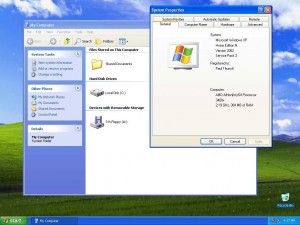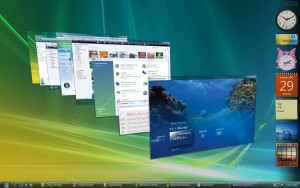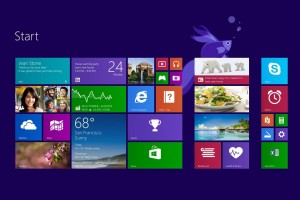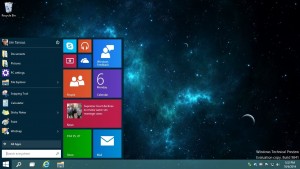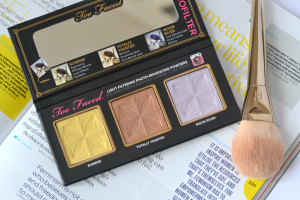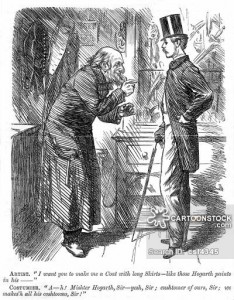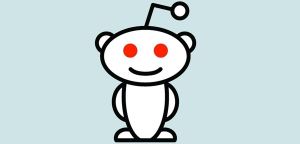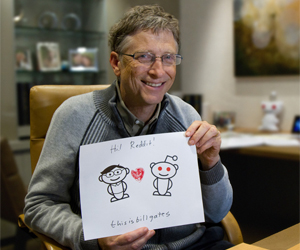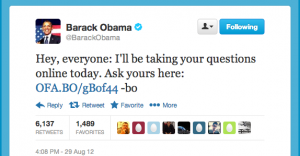In the beginning of the semester, we discussed in class how you can either be a content creator or a curator. I wanted to combine this concept with ecommerce and how you can use content to build your brand and credibility with this Shopify article by Braveen Kumar. He writes that you don’t necessarily be a content creator in order to benefit from content, and how it is essential to building a powerful lifestyle brand around an ecommerce business. According to the Content Marketing Institute, 70% of consumers say content marketing makes them feel closer to a brand. The most popular content marketing tactics include social media (84%), articles on a company’s website (84%), and eNewsletters (78%).
Online businesses may not have physical touchpoints but the online platform provides ample opportunity to understand and connect with your audience. Content marketing allows you to deliver value to your potential and current by teaching or entertaining, and telling your brand story without overtly selling product.
Our client, Two Wheel Gear, is a small startup that manufactures bike bags for professional commuters. We are currently working with them to establish it as a lifestyle brand and create messages that resonate with its consumers. Since Vancouver has a large cycling community, there is a great opportunity to get in touch with influencers on Twitter, Instagram, and Facebook, and also share relevant and local information. Two Wheel Gear has also started up a blog in an effort to provide more valuable content for its consumers. Since content with images and visual elements get 94% more views than text-heavy content, Two Wheel Gear has been using a highly visual approach when creating posts. With tips, cyclist profiles, and articles, they hope to get people interested in bike commuting and their products.
Sources:
https://www.shopify.ca/blog/69079045-how-to-grow-your-ecommerce-business-with-content-curation
http://contentmarketinginstitute.com/2012/11/2013-b2c-consumer-content-marketing/
